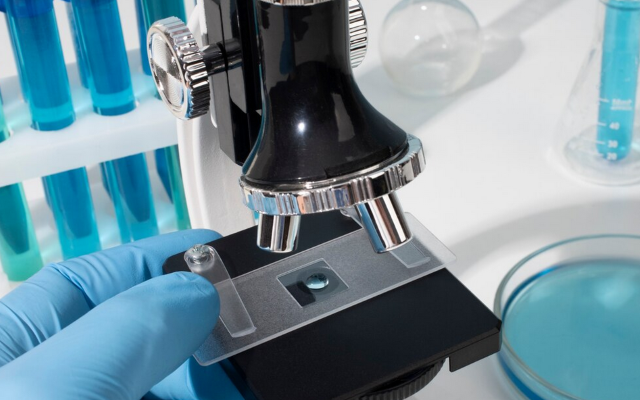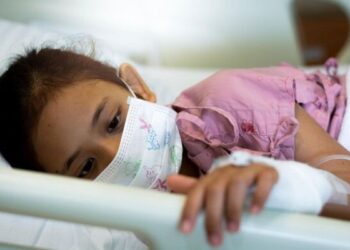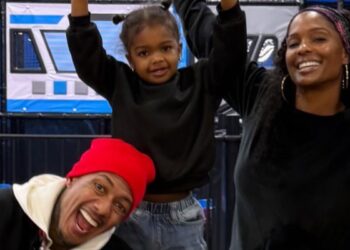In a groundbreaking discovery that has the potential to change the way we fight cancer, a middle school girl has found a strain of bacteria with promising cancer-fighting properties in an unexpected source, goose poop. What started as a science project has quickly turned into a significant breakthrough, capturing the attention of researchers and medical professionals alike.
Thirteen-year-old Chicago middle schooler, Camarria Williams, was out and about looking for things to analyze as a part of her 14-week project with the Boys & Girls Club. Stumbling upon the specimen at the park, Williams scooped it up and took it back to the Chicago Antibiotic Discovery Lab, a STEM outreach program, to study.
The eighth-grade student at the William H. Brown STEM Magnet School did not realize that she had stumbled upon something that could potentially help millions in the future.
“My mom, auntie and grandma have all had cancer, so it makes me happy that something I found could help,” the young research scientist said in a recent interview. “It makes me want to discover more things out there.”
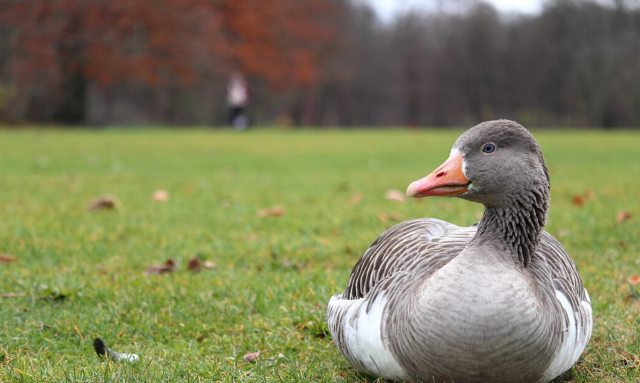
The droppings that were collected by Williams contained a bacteria known as Pseudomonas idahoensis bacterium. When analyzed Williams and the research team found that the Pseudomonas idahoenis bacterium produced a never-before-seen compound called orfamide N. Upon further inspection under the microscope, the bacterium was found to be toxic to skin and ovarian cancer cells.
Although the discovery does not immediately lead to a cure for different types of cancer, it does shed light on new avenues for exploration that will help scientists create more effective medications to help cancer patients.
The teenage research scientist told The Washington Post in an interview that “it was a lot of fun” to do “science” herself. “I did something, and it worked. It feels good. It was a lot of fun to be able to go out, put on the gloves and do the science myself.”
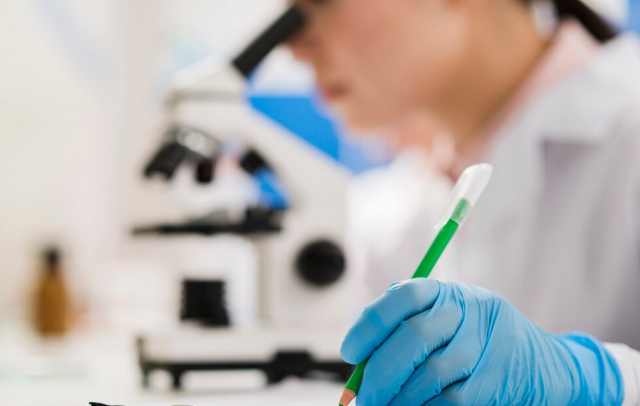
As a result of potentially finding something new to add to the fight against melanoma and ovarian cancer, Williams has become a published scientist. A summary of the findings was published in the American Chemical Society’s Omega Journal and Williams was named co-author.
In her interview, Williams expressed her aspiration to “be a scientist,” and it’s clear that she has the passion and drive to make that dream a reality. We have no doubt that her journey will lead her to remarkable achievements, and one day, she may very well transform her discovery into a groundbreaking cure.
Photo: @shinemycrown; FreePik.com
